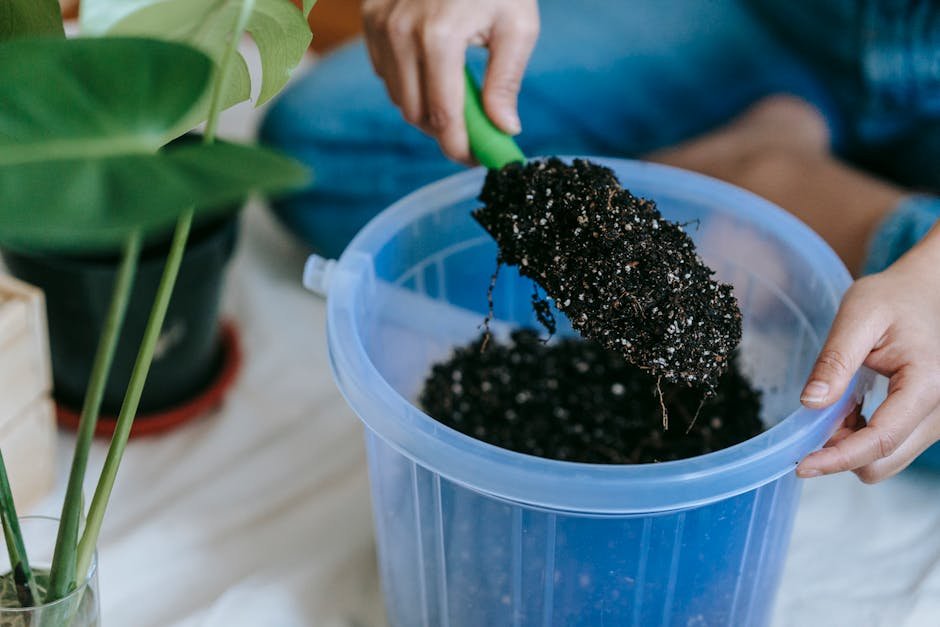Carbon sequestration is a process that can bring numerous benefits to gardens, but you may wonder how it really works and if it is effective. This FAQ will guide you through the concept of carbon sequestration and its implications for your garden.
Understanding Carbon Sequestration
At its core, carbon sequestration refers to the process by which carbon dioxide (CO2) is captured from the atmosphere and stored in various forms. This can occur naturally through the growth of plants, particularly trees and soil microorganisms that absorb CO2 for photosynthesis and metabolism.
When plants photosynthesize, they convert sunlight, water, and CO2 into sugars and oxygen, which in turn fuels their growth. This natural cycle is vital, as it not only reduces atmospheric CO2 but also enriches the soil with organic matter.
Interestingly, different plant species have varying capacities for carbon capture. For example, deep-rooted perennials are often more effective at sequestering carbon than shallow-rooted annuals because they can access more soil and store carbon deeper.
How Does Carbon Sequestration Benefit Gardens?
The benefits of carbon sequestration in your garden are manifold. First and foremost, it helps to improve soil health. As carbon-rich organic matter builds up in the soil, it enhances its structure, leading to better drainage and aeration.
Additionally, healthy soils rich in carbon have improved water retention capabilities, meaning gardens are less susceptible to drought conditions. Plants in these soils are more likely to thrive, even during dry spells.
Furthermore, carbon sequestration can also lead to reduced greenhouse gas emissions. By capturing CO2 and storing it in the soil, gardening practices contribute to the overall reduction of pollutants in our atmosphere.
In practical terms, incorporating carbon-sequestering plants can enhance the biodiversity of your garden, attracting beneficial insects and microorganisms that support a thriving ecosystem.
Practices to Enhance Carbon Sequestration in Your Garden
To maximize carbon sequestration in your garden, you can adopt several effective practices. One of the simplest strategies is to grow cover crops during off-seasons. These crops not only prevent soil erosion but also create biomass that enriches the soil when turned under.
Incorporating compost into your garden beds can significantly increase organic carbon levels. Compost not only adds nutrients but also fosters a rich microbial community that plays a vital role in carbon cycling.
Another impactful practice is practicing no-till gardening. By minimizing soil disturbance, you protect the existing soil structure and the carbon stored within it, allowing beneficial organisms to thrive and support plant growth.
Choosing native plants is also a powerful way to enhance carbon sequestration, as these species are typically better adapted to local conditions and can contribute to a more resilient garden ecosystem.
Common Misconceptions About Carbon Sequestration
One common misconception about carbon sequestration is that it is solely a function of large-scale forestry projects or biosphere reserves. In reality, individual gardens can play a crucial role in capturing carbon too.
Another myth is that only certain plants can help with carbon sequestration. In truth, almost any perennial plant contributes to this process, albeit to varying degrees. The key is to choose a diverse selection of plants that can work harmoniously together.
Some people also believe that carbon sequestration is a quick-fix solution to climate change. While it is a valuable tool, it must be paired with reduced fossil fuel consumption and other sustainable practices for real impact.
Real-Life Examples of Successful Carbon Sequestration in Gardens
Many community gardens across the world have effectively implemented carbon sequestration practices to enhance their ecosystems. For instance, a community garden in California focused on planting a variety of native flowering plants. This initiative not only captured significant carbon but also attracted numerous pollinators.
Moreover, a permaculture garden in Australia showcased the success of using cover crops and mulching to build soil carbon over the years. The garden experienced richer textures and more resilient plants, demonstrating that these methods can yield long-term benefits.
Additionally, urban gardens are increasingly adopting vertical farming techniques that utilize less land but effectively sequester carbon by growing more plants in a compact area, creating a green oasis in bustling cities.
The Positive Impact of Carbon Sequestration on Your Garden
In conclusion, carbon sequestration can indeed enhance your garden's health and contribute positively to the environment. By implementing practices that promote carbon capture, you not only improve the soil quality but also support sustainable gardening.










